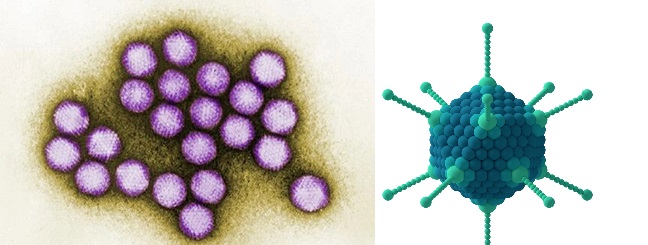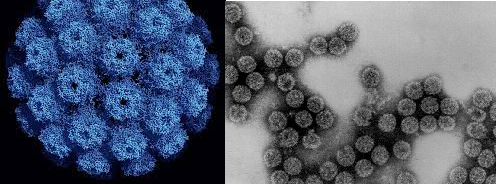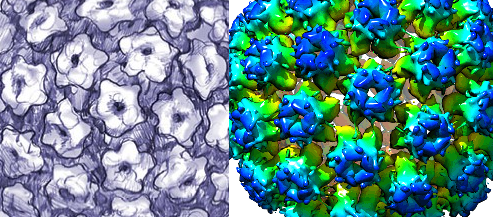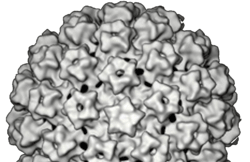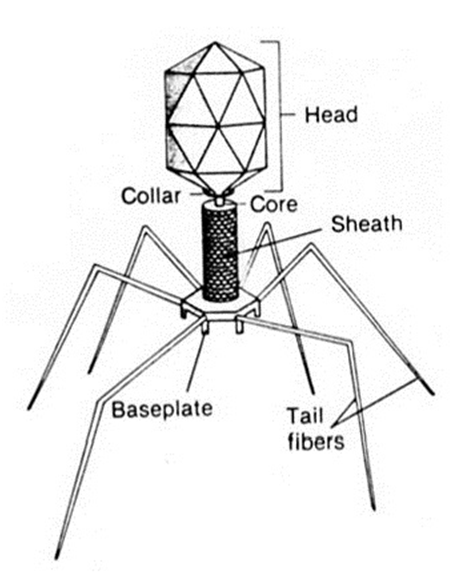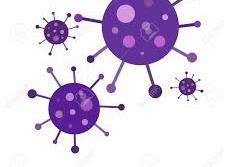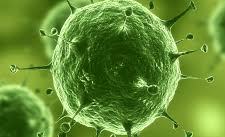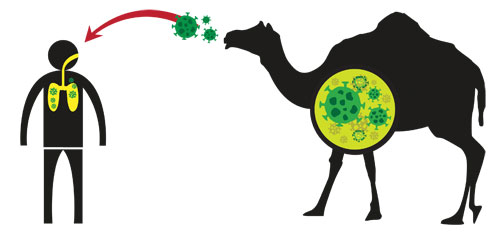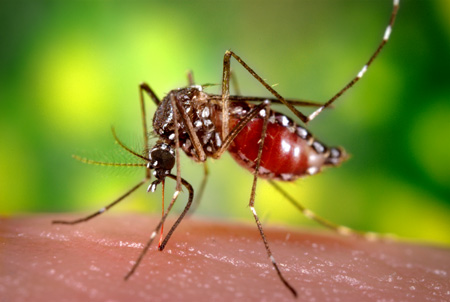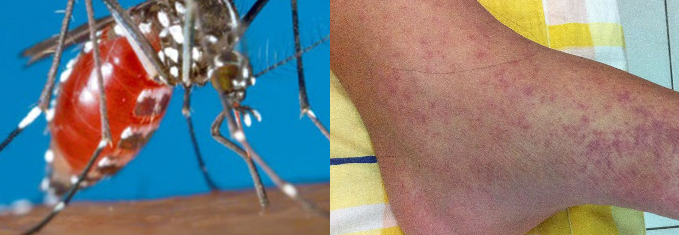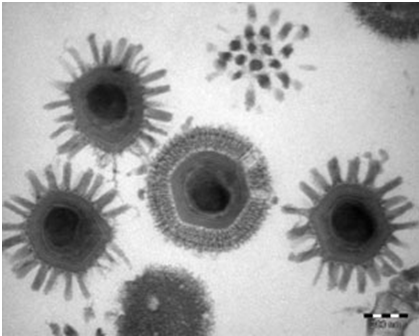Chikungunya (CHIKV) is a mosquito-borne viral disease marked by sudden onset fever and severe joint […]
Category: Virology
HERPESVIRIDAE FAMILY
Gammaherpesvirinae family has two genera viz: Lymphocryptovirus (that contain Epstein-Barr virus) and Rhadinovirus (that contain […]
Monkeypox (Mpox) infection
Mpox, caused by the monkeypox virus, is a viral infection with symptoms like rash, fever, and swollen lymph nodes. Transmitted through contact with infected individuals, animals, or materials, it can be severe, especially for immunocompromised individuals. Preventive measures include vaccination and avoiding physical contact. Diagnosis involves PCR testing, and treatment includes supportive care.
ADENOVIRIDAE FAMILY
Adenoviridae family is made up of two viral genera which are Mastadenoviridae (which contain viruses […]
HEPADNAVIRIDAE FAMILY
Hepadnaviridae family consists of two viral genera which are Orthohepadnavirus (which contain viruses that infect […]
POLYOMAVIRIDAE FAMILY
Polyomaviridae family contains DNA tumourviruses like the Papillomaviridae family. Polyomavirus is the only viral genera […]
PAPILLOMAVIRIDAE FAMILY
Theviral family Papillomaviridae comprises of papillomaviruses (abbreviated as PVs); and they were previously classified together […]
POXVIRIDAE FAMILY
Poxviridae familyis a distinct family of viral genera that contain viruses that replicate in the […]
PARVOVIRIDAE FAMILY
Parvoviridae family has six (6) genera of virus which include Parvovirus, Contravirus, Erythrovirus, Dependovirus, Densovirus […]
DNA VIRUSES
DNA viruses have only the deoxyribonucleic acid (DNA) molecules as their nucleic acid; and the […]
REPLICATION IN VIRUSES – viral replication
Replication is defined as the process in which a cell divides to make copies of […]
MORPHOLOGY OF VIRUSES
As shown in Figure 1 above, a virion is composed mainly of three parts viz: […]
VIRAL COMPOSITIONS
Viruses are infectious agents that have a simple acellular structure that is mainly made up […]
METHODS USED FOR THE INACTIVATION OF VIRUSES
Several reasons exist for the inactivation of viruses I either to use them for a […]
CHEMICAL AND PHYSICAL PROPERTIES OF VIRUSES
Viruses have several physicochemical properties including pH, molecular size or mass, stability to heat and […]
IMPORTANCE OF IMMUNIZATION
Immunization is the process whereby a person is made immune or resistant to an infectious […]
ADENOVIRUS INFECTION
Adenoviruses are found in the viral family known as Adenoviridae. They are non-enveloped viruses with […]
DIAGNOSTIC VIRUS ASSAYS
Diagnostic methods accurately identify viral infections in patients. This is a prerequisite to control and […]
YELLOW FEVER
The yellow fever virus is found in tropical and subtropical areas of Africa and South […]
MIDDLE EAST RESPIRATORY SYNDROME (MERS)
Middle East Respiratory Syndrome (MERS) is an illness caused by a virus (more specifically, a […]
ZIKA VIRUS INFECTION
Key facts about zika virus infection Zika virus is a mosquito-borne flavivirus that was first […]
CHIKUNGUNYA INFECTION
Chikungunya is a mosquito-borne viral disease first described during an outbreak in southern Tanzania in […]
ECONOMIC IMPORTANCE OF VIRUSES
Though they are known to cause plethora of infectious diseases in man, plants and animals; […]
Characteristics of Viruses
WAYS IN WHICH VIRUSES DIFFER FROM OTHER LIVING CELLS Viruses as differ tremendously from other […]
HISTORY OF VIROLOGY
The field of virology (inclusive of medical virology, plant virology and veterinary virology) blossomed following […]
Introduction to (Medical) Virology
Medical virology is simply defined as the study of viruses that are of medical importance […]





